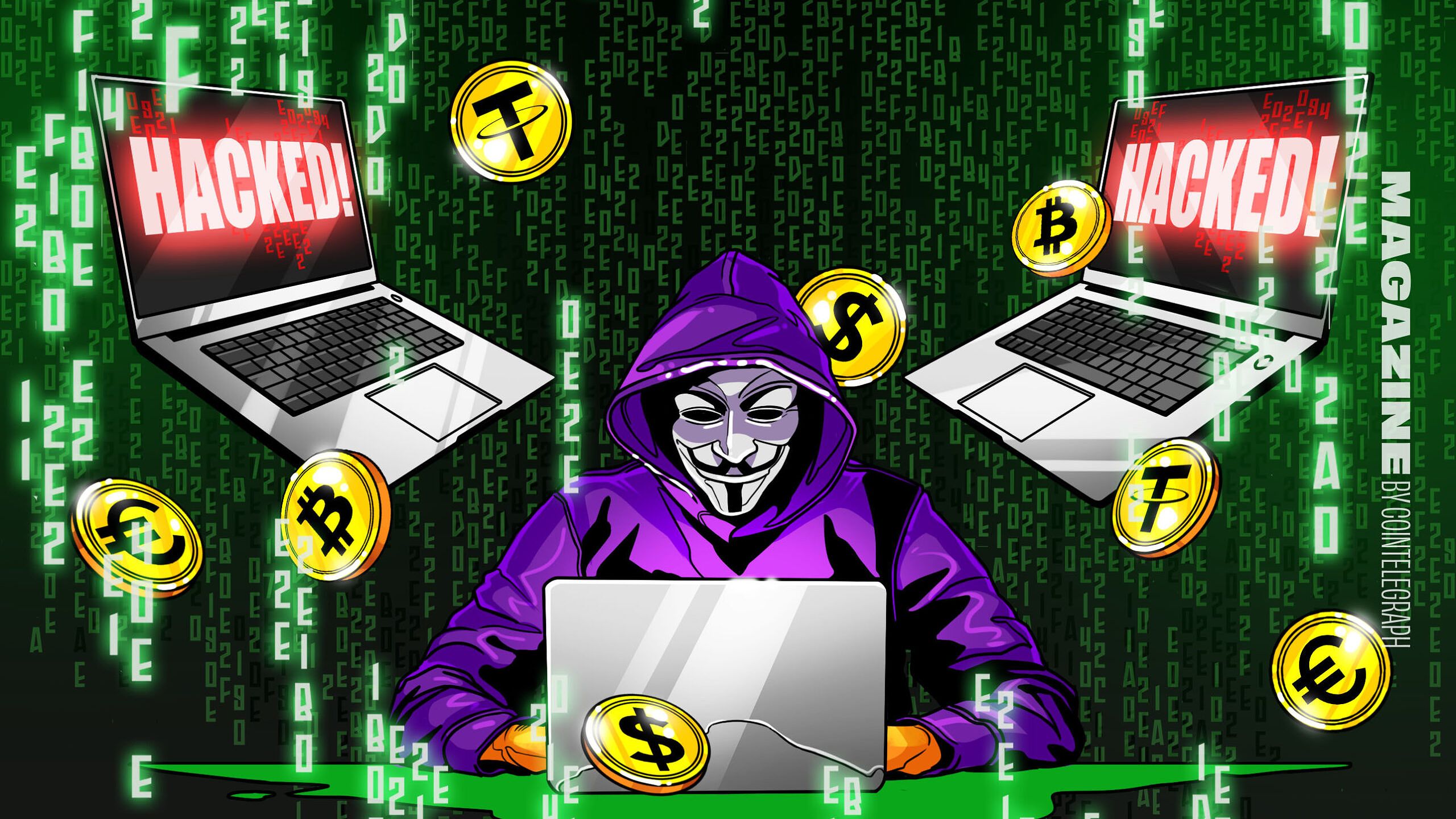In an age where digital currencies are reshaping the financial landscape, the thrilling potential of cryptocurrencies comes hand in hand with significant risks. The decentralized essence of these assets, while empowering for users, also renders them vulnerable to a myriad of cyber threats. As technology evolves, so do the tactics employed by cybercriminals, making it essential for individuals and organizations alike to remain vigilant. This exploration delves into the emerging threats within the cryptocurrency realm and presents actionable strategies to protect valuable digital assets.
The Dynamic Nature of Cryptocurrency Security Threats
Cryptocurrencies are designed to function independently of traditional financial frameworks, which introduces unique challenges in terms of security. The open-source nature of blockchain technology, while a catalyst for innovation, also creates pathways for exploitation by malicious actors. In recent years, there has been an alarming increase in sophisticated cyberattacks, including phishing schemes, deepfake technologies, and ransomware incidents, all targeting both individuals and institutions.
This evolving threat landscape is not static; it is in a constant state of flux, requiring cybersecurity professionals to stay informed and proactive. The financial ramifications of successful attacks can be profound, underscoring the critical importance of implementing comprehensive security measures.
The Rise of Deepfakes and Social Engineering in Cryptocurrency Scams

Among the most concerning developments in the cryptocurrency security arena is the rise of deepfakes—AI-generated content that convincingly mimics real people. These advanced technologies are being weaponized in scams that target unsuspecting investors. By impersonating well-known figures in the crypto industry—be it developers, influencers, or government officials—cybercriminals exploit the innate trust that individuals place in authority figures.
The psychological ramifications of deepfakes are troubling. They create a false sense of security, leading victims to believe they are engaging with legitimate sources of information. Consequently, individuals may unwittingly send their cryptocurrency to fraudulent addresses or make ill-informed decisions based on misleading content.
Ransomware: A Growing Threat in the Cryptocurrency Ecosystem

Ransomware has emerged as a formidable threat in the world of cryptocurrency. This malicious software encrypts victims’ data, demanding payment in exchange for its release, and it has increasingly targeted cryptocurrency exchanges, wallets, and mining operations. The allure of cryptocurrency as a payment method for these attackers lies in its anonymity and the irreversibility of transactions.
Victims of ransomware attacks often feel compelled to pay the ransom to regain access to their data or to avert further financial loss. This creates a vicious cycle that perpetuates the threat, highlighting the urgent need for robust security protocols across the cryptocurrency ecosystem.
Safeguarding Digital Assets: Strategies and Best Practices
To effectively protect cryptocurrency assets, a multi-layered security approach is essential. Implementing strong security measures for both wallets and exchanges is critical, whether utilizing hardware wallets, software wallets, or online trading platforms.
-
Hardware wallets offer a superior level of protection by storing private keys offline, thus minimizing exposure to online threats. By being physically disconnected from the internet, they present a formidable barrier against hacking attempts.
-
Software wallets provide convenience for daily transactions, but users must carefully assess their security features. It is advisable to select wallets that incorporate strong encryption, multi-factor authentication, and regular security updates to enhance protection.
-
Online exchanges, while popular for trading, are inherently more susceptible to cyberattacks. It is vital to choose reputable exchanges that prioritize security, employing measures such as two-factor authentication, cold storage solutions, and routine security audits to safeguard user assets.
Conclusion
The cryptocurrency landscape is an ever-evolving arena, teeming with potential yet fraught with risks. As threats continue to emerge and transform, it is imperative for cybersecurity professionals and investors to remain informed and adaptable. By embracing a proactive approach that combines robust security measures, continuous education, and vigilance, individuals can effectively protect their digital assets in this dynamic ecosystem. The future of cryptocurrency security lies in understanding these threats and implementing strategies that not only safeguard assets but also empower users to navigate this promising yet perilous financial frontier.

